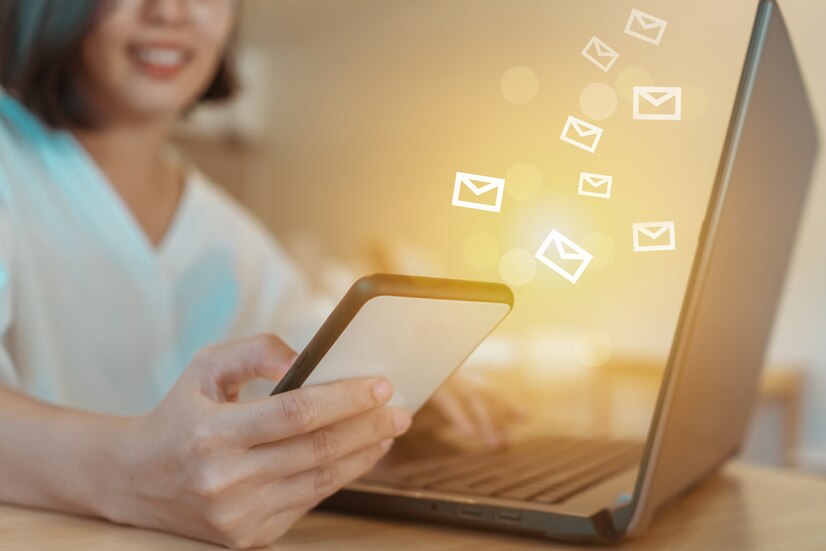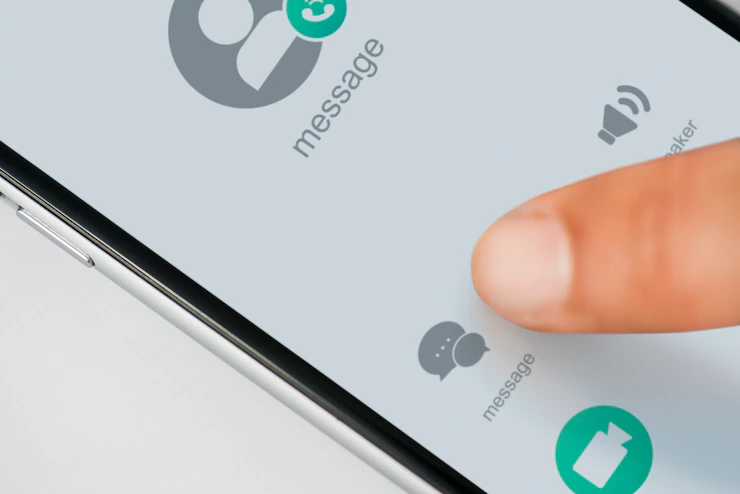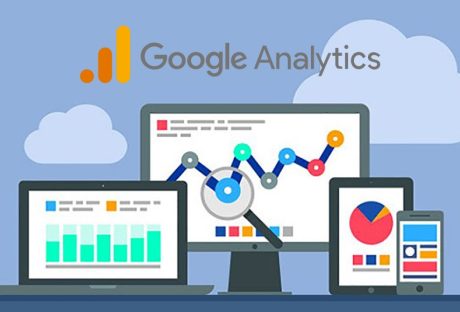Every marketer would tell you that there are reasons why text marketing continues to become a mainstay in marketing agencies.
In fact, both conventional and modern companies highly rely on their efficacy when it comes to reaching out to their target audience. Because when you think about it, every person checks their text message inbox every time they receive a ping.
Leveraging communication strategies like an effective SMS marketing campaign allows you to grow your brand more, target more audiences, and even build closer relationships with prospects.
There are a lot of things that SMS marketing can help you with in terms of achieving business goals. But before you partake in this marketing tactic, it’s important to understand the concept behind this marketing practice. Use this guide to make successful SMS marketing campaigns.
What Is SMS Marketing?
It’s crucial to understand first the concept behind this old but gold marketing strategy. SMS marketing refers to a short message service you send to your customers to build relationships with them. It’s important for text marketers to communicate with their target audiences in a respectful and compliant manner.
No matter what your business goals are, SMS marketing puts you one step ahead of achieving them. For instance, you can drive more leads, introduce new products, lead them to check your website, and so on. The ideas that you can do with this marketing method are limitless.
Compared to email or push notification marketing, SMS marketing has several advantages. For instance, every person who receives an incoming message in their phone inbox will surely take the time to check and read them one by one.
While some people might check their emails at least once a day regarding text message inboxes, people often check them as soon as they receive a message.
Your message can be concise and clear with SMS marketing. There’s no need for lengthy advertising messages. With brief sentences that can take up less than 160 characters of the SMS limit, you can already deliver what you want to say to your prospects.
Choosing The Right SMS Marketing Tool
Now, it’s time to understand the tool to use for this marketing strategy. With the advent of technology, there is now text marketing software at your disposal. For one, you can take advantage of Drop Cowboy Ringless Voicemail service and some other brands that offer reliable text messaging as marketing services.
Text message delivery depends on the tools and services you choose. Such software comes with pricing plans that fit your marketing budget and goals. Unlike any other conventional marketing promotions like print ads, TV ads, and billboards, this marketing campaign is priced reasonably better. Also, consider partnering with the best SMS marketing service provider to automate your text messages to your target recipients.
How To Maximize On SMS Marketing Campaigns

As mentioned, a high percentage of people open text messages every time they receive one. By sending promotional messages via SMS, you ensure your customers will read them because they will arrive directly in their inboxes.
Check out these ideas in which you can maximize your SMS marketing campaigns.
1. Limited-Time Promotions
You can use an SMS marketing strategy to encourage your customers to avail of coupons and discounts or even redeem incentives or gifts. Offering these incentives for a limited time makes them even more effective.
Announcing that the campaign only runs on a promo period is an effective call-to-action strategy so your customers won’t miss out on such opportunities. It’s one effective strategy to get your business to high ranks.
Considering SMS marketing’s high open rate, it’s the most effective way to communicate time-sensitive offers with customers. As a result, you ensure your customers don’t pass up a good deal. This yield win-win situations for both the customers and your brand. They get discounted rates, and you could convert your sales funnel more effectively.
2. Reminding Customers
One good purpose for SMS marketing is when you could send notifications regarding the recent actions of your customers.
For instance, whether they checked your website, changed passwords, or linked different payment modes, an SMS notification will be sent to inform them that the activity is successful. Sending notification messages is essential for many businesses, and they’ve realized how effective it is in retaining customers.
By relaying notifications about their recent purchase or online activities, the customers will grow their trust in your brand. It could lead to continuous patronage. Also, they will feel at ease by getting reminders of how your brand is already dealing with their orders or purchases. Receiving reminders is valuable, especially for customers who are always busy with other things and obligations.
Make sure your brand is always at the top of your customer’s minds. It’s a job that SMS is best suited for. With SMS marketing, you can remind your customers about everything from their most recently liked products to the purchased ones that are going to arrive soon.
3. Order Updates And Confirmation
An SMS is also useful for customers to receive updates regarding their orders. Once they make a purchase, a message will be sent regarding the successful transaction. It ensures peace of mind for the customer.
Also, the confirmation messages sent via SMS will allow them to use them as proof or evidence regarding their purchase. If products don’t arrive as planned, they can refer to the SMS notification.
4. New Product Release And Launches
SMS advertising is also useful for announcing new product releases. It’s the most cost-effective way for marketers to advertise new product launching. Without paying for the expensive talents of celebrities to promote new products, a large number of users will discover your new product offering through the message they can read in their SMS inbox.
Using this method will generate buzz and interest, and you could even entice old customers to come back and check out what’s new. You can also use SMS campaigns to drive traffic to your website or storefront. Thus, you can simply include a link they can visit to check your new product or any offers.
5. Send Welcome Messages
Send your customer a welcome message once they subscribe to your SMS marketing campaign. Companies must start building relationships with their customers. As a result, you will be able to communicate with them right away, as they will know they have been subscribed.
It also alerts them to expect a few messages from your end every now and then. There’s no need for lengthy or complex welcome messages. Sometimes short but sweet thank you message about their subscription are already enough for your customers to remember your business.
6. Customer Service Tool
SMS is not limited to being a marketing tool; it’s also a customer support tool. In this era where customer service should be at the forefront of any business, SMS strategy can be used to ensure customer satisfaction.
It’s imperative that your work processes are as transparent as possible, and you can achieve this by constantly sending them SMS in case necessary. After all, a text message is the easiest way to communicate with pre-sale customers and post-sale tech support.
7. Collect Customer Feedback
It’s essential for businesses to receive customer feedback to determine what they are doing well and what they need to improve. And it’s something that’s being offered with SMS marketing. You can send out surveys through SMS, and customers can answer them timely and convenient.
There are many ways to create survey forms for them to easily fill out. The key is to attach the link to your SMS. Another option is to ask customers to rate you using a ranking system that’s easy for them to use.
8. Announce VIP Programs
By offering a VIP program, you can encourage loyalty among your subscribers and customers. If you want to make your VIP customers feel special, offer them VIP-only discounts. This sense of exclusivity allows your customers to treat your brand with more respect and value.
Also, use this program for customers to gain early access to sales and other promotions. One way for them to qualify for your VIP list is to encourage them to fill out a signup link. However, since it’s VIP, make it seems more challenging for them to enter this list. The harder it feels to qualify, the more special and valued they would feel.
Tips To Apply Effective SMS Marketing Strategies

Applying SMS marketing strategies require effective implementations. When done right, they can produce the best outcomes for your business. Here are some tips to apply effective SMS marketing strategies for your brand:
1. Ensure That Your Customers Opted In
Your customers probably already provide you with their phone numbers. However, one common courtesy is to get their approval to start receiving SMS from your brand. Mass texting them without their consent is ethically wrong and will only lead to adverse effects on the customer. Ensure to get your customer’s clear opt-in before starting to send out text message campaigns.
Your website or other online channels can allow customers to opt-in to receive text messages. However, you should get a text confirmation before you send them anything. There are ways to get their opt-in consent. One is to make them reply Yes or No to your single SMS regarding SMS subscription. Another way is through your website.
They can press a CTA button regarding their receiving SMS messages from your brand. When the user clicks the link in the offer, they can fill out the subscription form and enter their number so they can start receiving your SMS campaigns.
2. Take Time To Introduce Yourself
A good practice is to take the time to introduce your brand in any of your SMS campaigns. Chances are your customers don’t know where the messages are coming from. Failing to include your company name or brand name on the message will only forfeit its purpose. Hence, it’s important to include your company or brand name in that short message that you’re sending.
3. Make Messages Fun And Short
It’s common for people to use SMS messages to communicate with friends and family informally. Texting should remain fun in your SMS campaign in the same way as a fun communication tool between people. Be friendly and personal with customers to build trust.
Use local trending words that are popular with your target audience for the time being. It ensures to catch their interest and make them read your text message completely. The maximum number of characters in an SMS message is 160. With an opt-out option and the need to identify yourself, that’s not much to work with. Don’t waste any characters, and go straight to the point of what you want to say.
4. Don’t Forget To Use Target Keywords
To encourage users to connect with you, you should select contextually relevant keywords alongside simple messages and shortcodes. Using such keywords will allow them to easily remember anything about your brand or company. If they want to research you online, they can use the same keywords found on your SMS.
5. Give An Option For Customers To Opt Out
All marketing communications should follow these standards and rules. Much like getting their buy-in, you should also give them the option to opt out and unsubscribe from your SMS campaigns. You are more likely to lose customers if you constantly text them when they do not want to hear from you.
Your messages should come with the unsubscribe option, so your customers can freely opt out anytime they want. There are some viable reasons for them to do this. But it doesn’t entirely mean that they won’t be good prospects for you in the future. It’s just that not everyone prefers to get this kind of information via text.
SMS open rates tend to be much higher than those for email, so you should also expect a higher unsubscribe rate. After a message is sent, unsubscribes may spike and treat it as a normal occurrence.
6. Be More Informative Than Promotional
You should be extremely considerate of your buyers’ inboxes since promotional SMS messages can easily be turned off. Therefore, staying informative and interactive is best, and not focusing too much on sounding sales or promotional.
A good rule of thumb is to focus most of your communication on order, whether a status update or a request for feedback. Schedule your promotional messages and send them at least only twice a week at a minimum. No one wants to keep receiving promotional messages that are obvious that they want to make money from you.
Conclusion
You can increase engagement with your target audience by using SMS marketing. Keeping your customers’ attention is easier if you market to them where they are most active.
Therefore, if your target audience is always in their phone’s SMS inbox, it’s worth considering SMS marketing as part of your marketing mix. Use this guide and wait for results to reflect your bottom line soon.
Read Also:






















